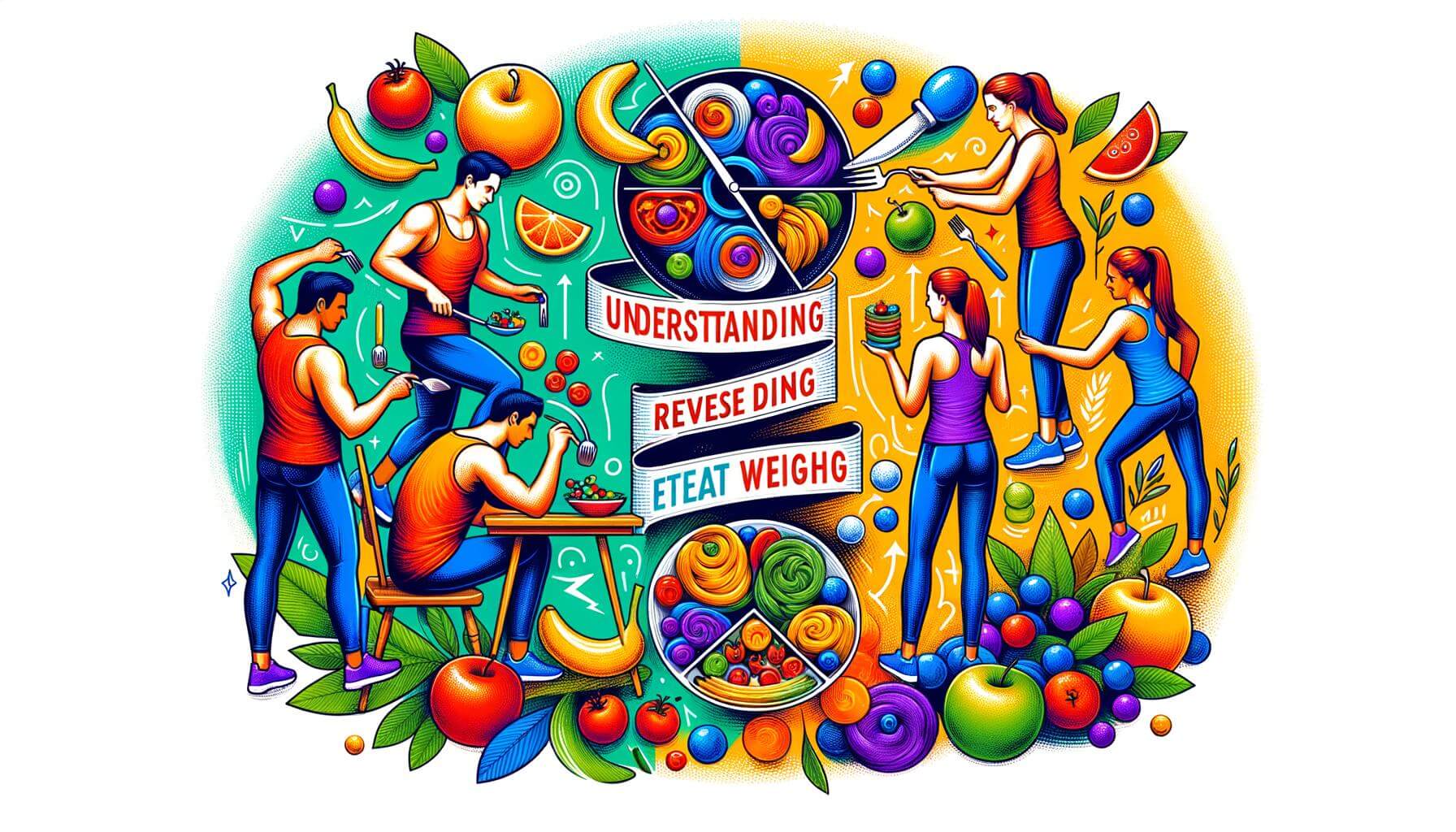
Understanding Reverse Dieting: Eat More, Weigh Less
Reverse dieting defies conventional diets by suggesting that increasing calorie intake can boost metabolism and aid weight management post-dieting. Traditional diets often emphasize eating less and cutting out food groups, but reverse dieting turns this on its head by gradually adding calories to prevent rebound weight gain after a restrictive diet phase. This technique aims to revitalize slowed metabolism, a common side effect of calorie-restricted diets, enabling the body to burn more calories overall.
How Does Reverse Dieting Work?
Reverse dieting relies on the body’s adaptive responses to food intake—metabolic adaptation. Historically, during periods of scarcity, our bodies slow down metabolism to conserve energy, known as the ‘starvation response’. However, when food becomes abundant, the body can increase the metabolic rate, resulting in more calories used for day-to-day activities and digestion—this is ‘adaptive thermogenesis’.
To leverage adaptive thermogenesis for weight loss through reverse dieting, calorie intake must be increased in modest increments, typically 50 to 100 calories per week over several weeks. Importantly, the effectiveness of reverse dieting can vary based on an individual’s genetic makeup, age, and previous dietary patterns.
Who May Benefit from Reverse Dieting?
Reverse dieting could be particularly helpful for individuals coming off strict diets, athletes managing weight categories, or anyone struggling to maintain a restrictive diet. It may allow for more food freedom while still aiming to prevent weight gain.
Essential Steps for Successful Reverse Dieting
Preparation: Planning is key; start considering reverse dieting before you finish your restrictive diet phase.
Calorie Tracking: Determine your maintenance calories, either through online calculators, professional advice, or body composition tests.
Goal Setting: Know your targets for weight and fitness, which can guide your reverse dieting strategy.
Incremental Increases: Boost your daily calorie intake slowly to avoid sudden weight gain.
Monitoring: Keep an eye on your progress by tracking changes in weight or body measurements.
Adjustment: Be ready to tweak your diet based on your results, with a professional’s guidance if needed.
Caveats and Considerations
Reverse dieting is still under-researched and may not work for everyone, especially older individuals or those with certain metabolic conditions. Plus, it’s worth remembering that adopting long-term, sustainable eating habits and a balanced diet combined with regular physical activity is often the most effective strategy for weight management.
Disclaimer
This summary does not constitute medical advice and should be used for informational purposes only. Consult a health professional for personalized recommendations.
